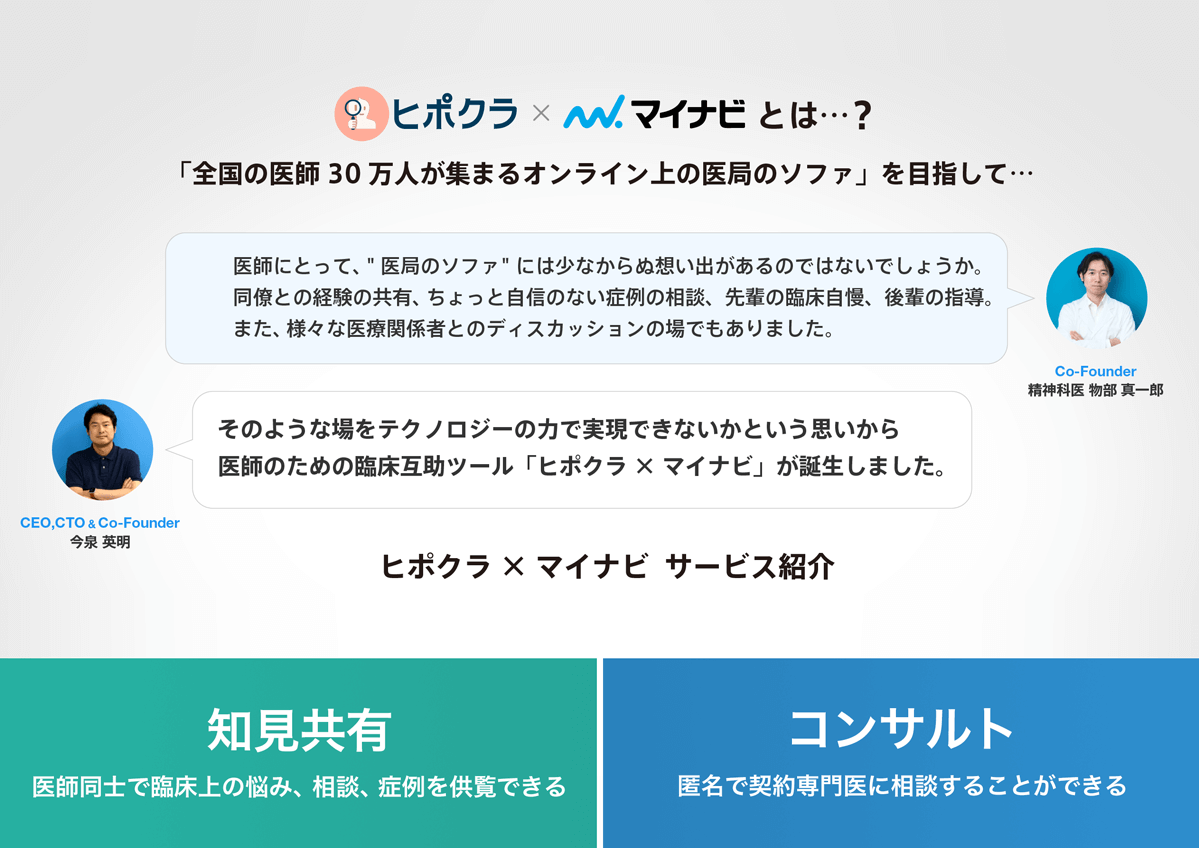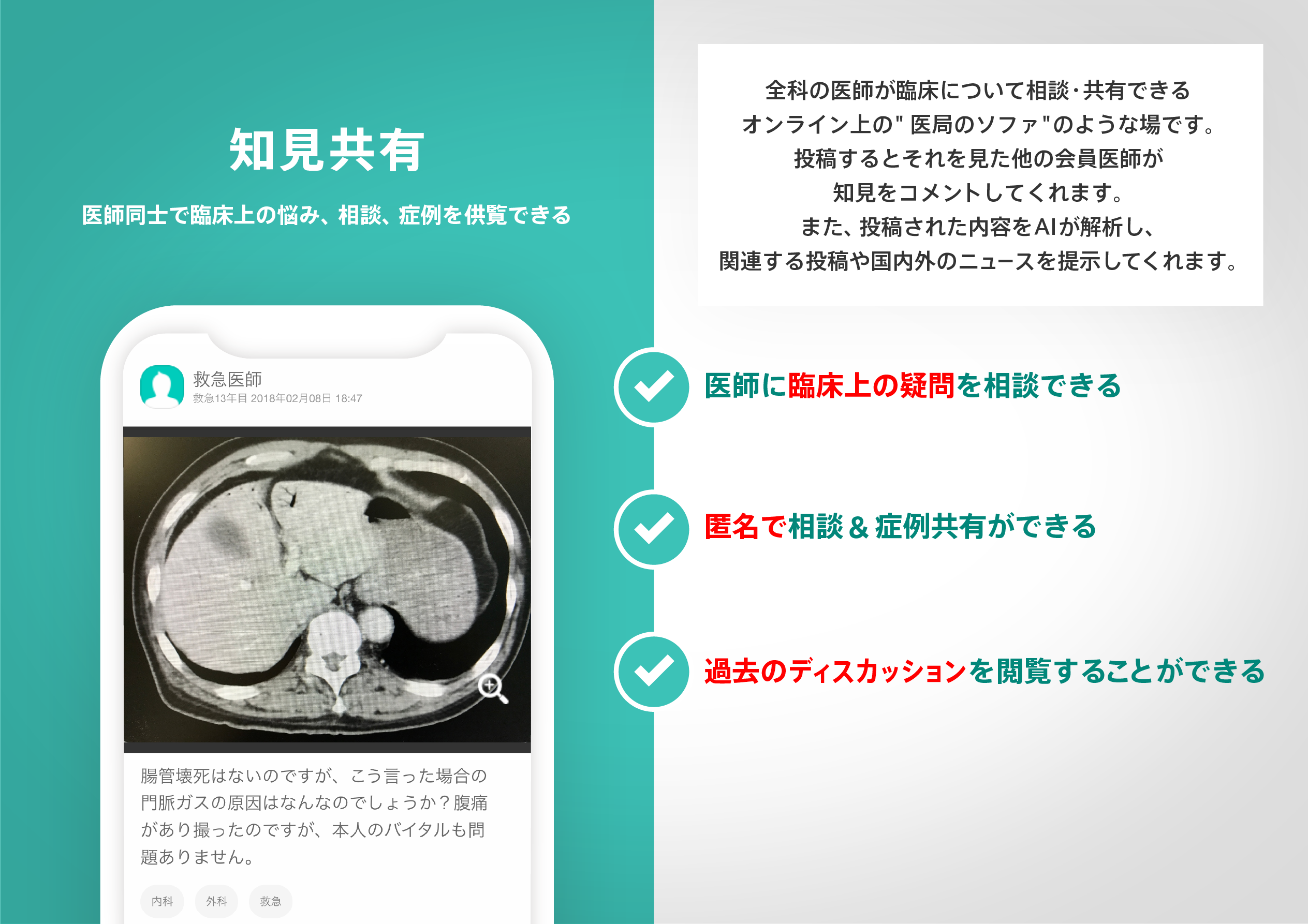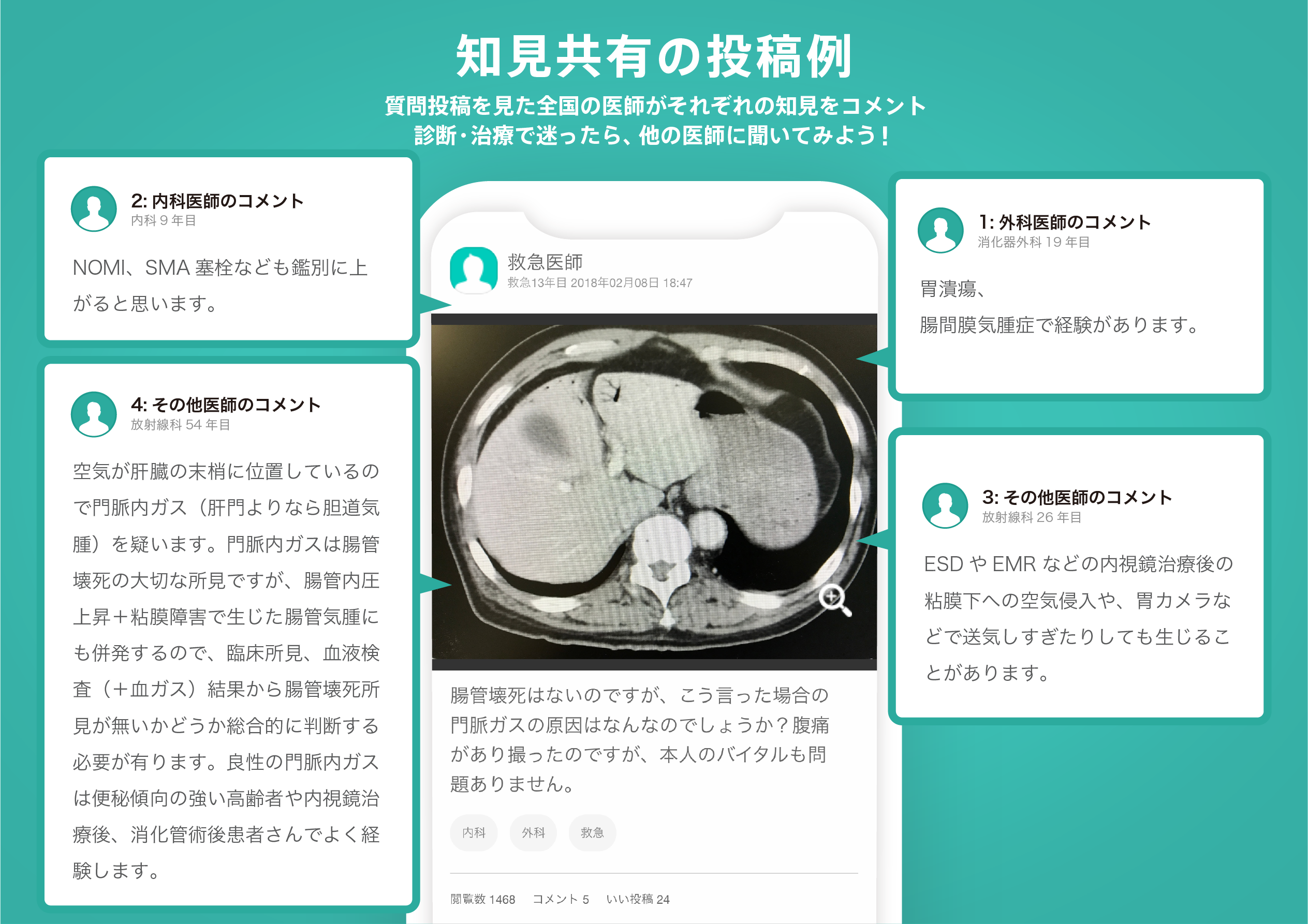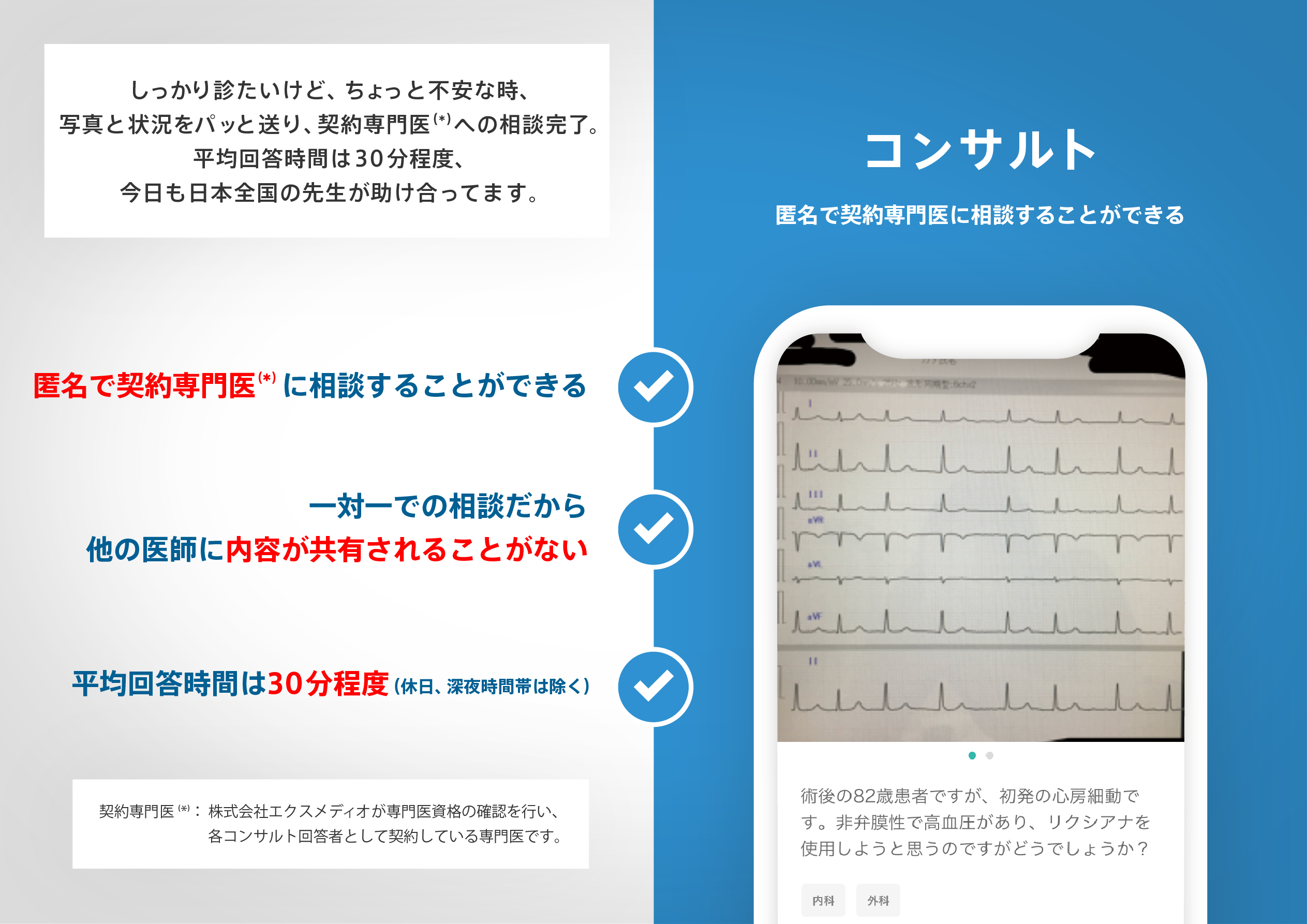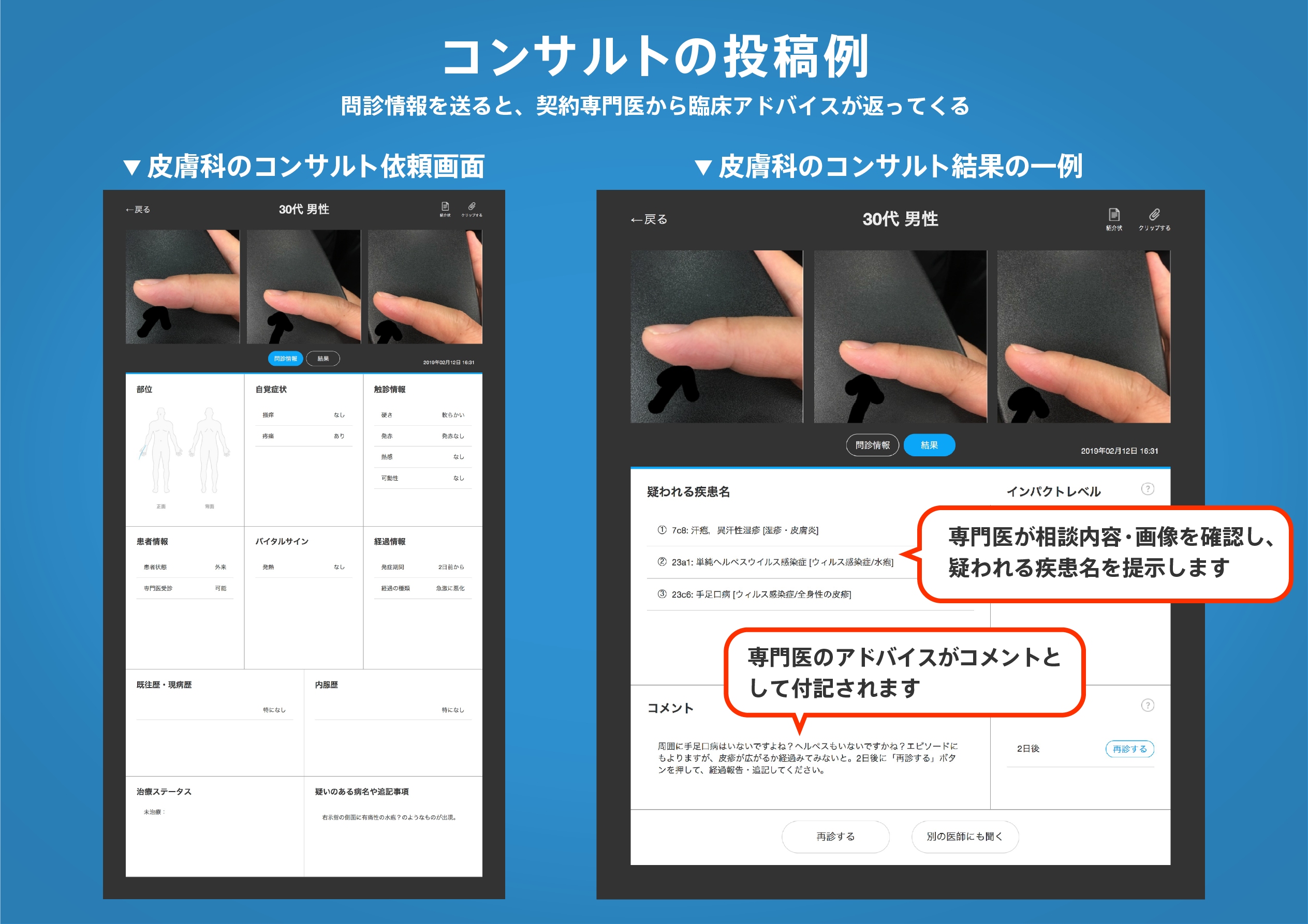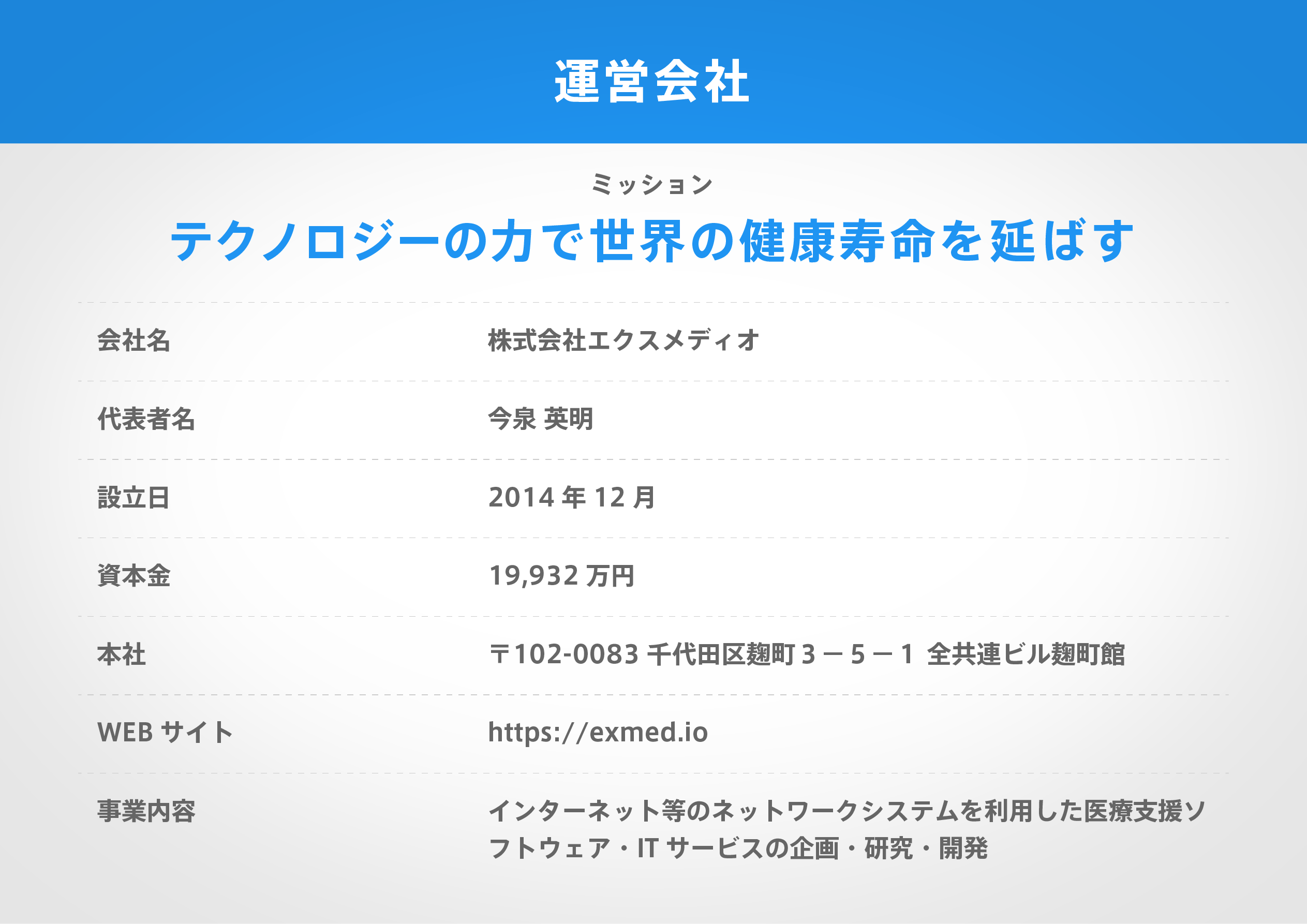著名医師による解説が無料で読めます
すると翻訳の精度が向上します
目的:マウスで実験的に誘導されたドライアイがマイトジェン活性化プロテインキナーゼ(MAPK)シグナル伝達経路、C-Jun N末端キナーゼ(JNK)、細胞外調節キナーゼ(ERK)、およびp38を活性化し、眼表面炎症を刺激するかどうかを評価するために。 方法:6〜8週間の129SVEV/CD-1混合マウスを、全身性スコポラミンで治療し、4時間から10日間までさまざまな長さの長さの空気ドラフトに曝露しました。未処理のマウスをコントロールとして使用しました。涙液洗浄剤および角膜および結膜上皮におけるIL-1BETAおよびTNF-alphaの濃度は、ELISAによって測定されました。涙液中のMMP-9はザイモグラフィによって評価され、角膜と結膜のゼラチナーゼ活性はin situザイモグラフィによって決定されました。角膜および結膜上皮は、MAPK抗体を伴うウエスタンブロットのRIPA緩衝液で溶解したか、総RNAの抽出のために4 Mグアニジウムチオシアン酸溶液で溶解しました。および遺伝子アレイ。 結果:年齢が一致した対照被験者、涙液液中のIL-1BETAおよびMMP-9の濃度、および角膜および結膜上皮におけるIL-1BETAおよびTNF-alphaおよびゼラチノリ溶解活性の濃度と比較して、有意に増加しました。5日または10日後にドライアイを誘発する治療を受けているマウス。角膜および結膜上皮によるIL-1BETA、TNF-alpha、およびMMP-9 mRNAの発現も、5日間または10日間処理したマウスで刺激されました。角膜および結膜上皮におけるリン酸化JNK1/2、ERK1/2、およびp38 MAPKのレベルは、治療後4時間で著しく増加し、5日まで上昇しました。 結論:実験的なドライアイは、IL-1BETA、TNF-alpha、およびMMP-9の発現と産生を刺激し、眼表面のMAPKシグナル伝達経路を活性化します。マップは、炎症性サイトカインとMMPの産生を刺激することが知られており、ドライアイ疾患の病因に関係しているこれらの要因の誘導に重要な役割を果たすことができます。
目的:マウスで実験的に誘導されたドライアイがマイトジェン活性化プロテインキナーゼ(MAPK)シグナル伝達経路、C-Jun N末端キナーゼ(JNK)、細胞外調節キナーゼ(ERK)、およびp38を活性化し、眼表面炎症を刺激するかどうかを評価するために。 方法:6〜8週間の129SVEV/CD-1混合マウスを、全身性スコポラミンで治療し、4時間から10日間までさまざまな長さの長さの空気ドラフトに曝露しました。未処理のマウスをコントロールとして使用しました。涙液洗浄剤および角膜および結膜上皮におけるIL-1BETAおよびTNF-alphaの濃度は、ELISAによって測定されました。涙液中のMMP-9はザイモグラフィによって評価され、角膜と結膜のゼラチナーゼ活性はin situザイモグラフィによって決定されました。角膜および結膜上皮は、MAPK抗体を伴うウエスタンブロットのRIPA緩衝液で溶解したか、総RNAの抽出のために4 Mグアニジウムチオシアン酸溶液で溶解しました。および遺伝子アレイ。 結果:年齢が一致した対照被験者、涙液液中のIL-1BETAおよびMMP-9の濃度、および角膜および結膜上皮におけるIL-1BETAおよびTNF-alphaおよびゼラチノリ溶解活性の濃度と比較して、有意に増加しました。5日または10日後にドライアイを誘発する治療を受けているマウス。角膜および結膜上皮によるIL-1BETA、TNF-alpha、およびMMP-9 mRNAの発現も、5日間または10日間処理したマウスで刺激されました。角膜および結膜上皮におけるリン酸化JNK1/2、ERK1/2、およびp38 MAPKのレベルは、治療後4時間で著しく増加し、5日まで上昇しました。 結論:実験的なドライアイは、IL-1BETA、TNF-alpha、およびMMP-9の発現と産生を刺激し、眼表面のMAPKシグナル伝達経路を活性化します。マップは、炎症性サイトカインとMMPの産生を刺激することが知られており、ドライアイ疾患の病因に関係しているこれらの要因の誘導に重要な役割を果たすことができます。
PURPOSE: To evaluate whether experimentally induced dry eye in mice activates mitogen-activated protein kinase (MAPK) signaling pathways, c-Jun N-terminal kinases (JNK), extracellular-regulated kinases (ERK), and p38 and stimulates ocular surface inflammation. METHODS: 129SvEv/CD-1 mixed mice aged 6 to 8 weeks were treated with systemic scopolamine and exposure to an air draft for different lengths of time, from 4 hours to 10 days. Untreated mice were used as the control. The concentrations of IL-1beta and TNF-alpha in tear fluid washings and in corneal and conjunctival epithelia were measured by ELISA. MMP-9 in tear washings was evaluated by zymography, and gelatinase activity in the cornea and conjunctiva was determined by in situ zymography. Corneal and conjunctival epithelia were lysed in RIPA buffer for Western blot with MAPK antibodies, or they were lysed in 4 M guanidium thiocyanate solution for extraction of total RNA, which was used to determine gene expression by semiquantitative RT-PCR, real-time PCR, and gene array. RESULTS: Compared with those in age-matched control subjects, the concentrations of IL-1beta and MMP-9 in tear fluid washings and the concentrations of IL-1beta and TNF-alpha and gelatinolytic activity in the corneal and conjunctival epithelia were significantly increased in mice receiving treatments to induce dry eye after 5 or 10 days. The expression of IL-1beta, TNF-alpha, and MMP-9 mRNA by the corneal and conjunctival epithelia was also stimulated in mice treated for 5 or 10 days. The levels of phosphorylated JNK1/2, ERK1/2, and p38 MAPKs in the corneal and conjunctival epithelia were markedly increased as early as 4 hours after treatment, and they remained elevated up to 5 days. CONCLUSIONS: Experimental dry eye stimulates expression and production of IL-1beta, TNF-alpha, and MMP-9 and activates MAPK signaling pathways on the ocular surface. MAPKs are known to stimulate the production of inflammatory cytokines and MMPs, and they could play an important role in the induction of these factors that have been implicated in the pathogenesis of dry eye disease.
医師のための臨床サポートサービス
ヒポクラ x マイナビのご紹介
無料会員登録していただくと、さらに便利で効率的な検索が可能になります。

